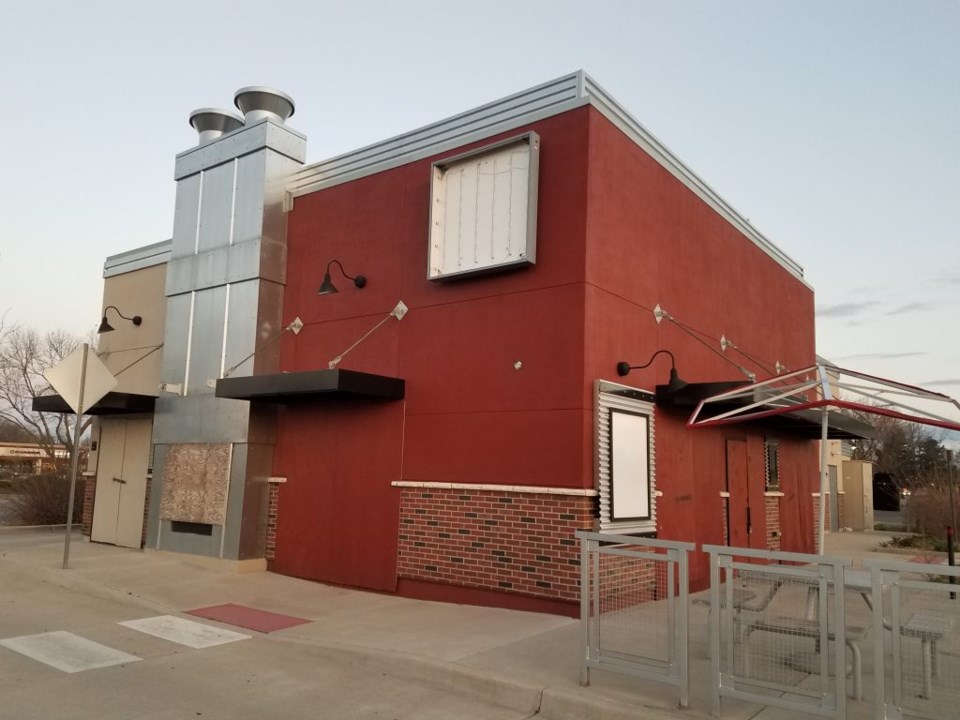This content was originally published by the Longmont Observer and is licensed under a Creative Commons license.
With a newly constructed Popeyes location on Main Street, and the boarded-up Jack in the Box down the street, both corporate businesses stand present in high-traffic North Longmont with much going on behind the drive-thru curtain.
A new fast food location can require a variety of factors to come to completion and can depend on many processes to get necessary approvals from the city, including such specifics as required traffic studies, building permits, or code reviews. Even if all the approvals come in time for completion, coming to fruition can also be contingent on the availability of materials, contractors, and laborers.
When Popeyes’ parent company, Restaurant Brands International, was asked how the new Popeyes location in Longmont was built so quickly, and if they ever considered purchasing the old Jack in the Box location, they opted not to comment. “The team did not have any details to share at this time, but if we receive any further information, we are happy to let you know.”
Two years ago, the Jack in the Box location at 1743 Main St in Longmont closed permanently, donning boarded-up windows and empty signage ever since.
“Sales were simply not at a level necessary to warrant continued operation, and it closed in March 2017. We’re working with a local broker to sell the property. We’ve been actively marketing the property for sale,” said Brian Luscomb, VP of Corporate Communications & Government Affairs for Jack in the Box Inc. "We do not plan on re-opening a restaurant at the location.”
Since their closure, David, Hicks & Lampert Brokerage have had it under contract a few times, but it has fallen through for one reason or another. Interested parties include restaurants, both local and national, financial institutions, and coffee businesses that would struggle with the neighboring Starbucks; and even cannabis businesses.

“Typically, fast food franchises require a certain configuration for their real estate—so it will have all the right spaces for their equipment, have a similar look to other stores, etc. There are some specific corporate requirements coming from the franchisor. It is probably more typical for non-franchise type of restaurant to step into an old fast food place,” said Scott Roark, a Clinical Professor at the Department of Finance and Real Estate at Colorado State University.
According to Roark, there are a host of considerations that go into choosing the location of a fast food site, including things like: traffic count, traffic flow (ingress/egress from site), proximity to existing locations, proximity to competitors, cost for land/construction, franchise agreements and an appetite for new locations in a region, capital availability/interest rate environment, and much more.
“It is probably more common to build from scratch—again to meet the particular requirements of a franchise and have a store that fits the model. An important aspect of the franchise model is a certain degree of uniformity—both in the product but also the appearance and the customer experience,” Roark added. “They might consider a site previously used (if it meets other criteria) and simply demolish the existing building and start over. That demolition cost would have to be factored in as they consider other possible sites.”


